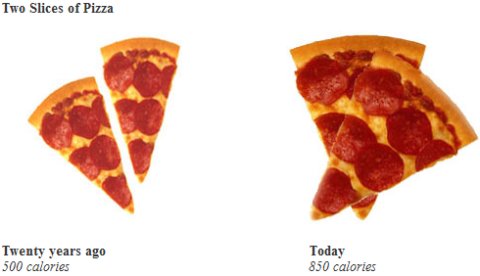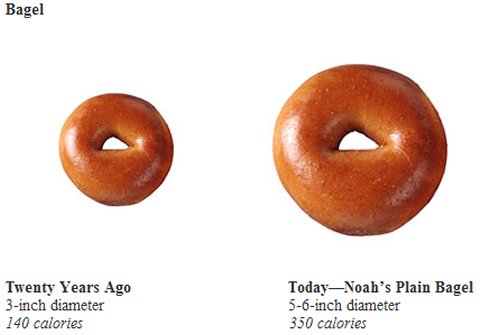Last week, Ronald Bailey reviewed a new book on whether the rise in obesity in western society can be blamed on our collective sweet-tooth: The Case Against Sugar, by Gary Taubes.
Less than 1 percent of Americans — 1.6 million people — were diagnosed with Type 2 diabetes in 1958. As of 2014, that figure had risen to 9.3 percent, or 29.1 million. If current trends continue, the figure could rise to more than 33 percent by 2050. Something has clearly gone wrong with American health.
The rising rate of diabetes is associated with the rising prevalence of obesity. Since the early 1960s, the percent of Americans who are obese — that is, whose body mass index is greater than 30 — has increased from 13 percent to 35.7 percent today. (Nearly 70 percent of Americans are overweight, meaning their BMIs are over 25.) Roughly put, the prevailing theory is that rising fatness causes rising diabetes.
But what if both are caused by something else? That is the intriguing and ultimately persuasive argument that Gary Taubes, author Why We Get Fat (2011) and cofounder of the Nutrition Science Initiative, makes in his new book, The Case Against Sugar.
For Taubes, sugar — be it sucrose or high-fructose corn syrup — is “the principal cause of the chronic diseases that are most likely to kill us, or at least accelerate our demise,” explains Taubes at the outset. “If this were a criminal case, The Case Against Sugar would be the argument for the prosecution.” In making his case, Taubes explores the “claim that sugar is uniquely toxic — perhaps having prematurely killed more people than cigarettes or ‘all wars combined,’ as [diabetes epidemiologist] Kelly West put it.”
Taubes surveys the admittedly sparse research on sugar’s psychoactive effects. For example, researchers have found that eating sugar stimulates the release of dopamine, a neurotransmitter that is also released when consuming nicotine, cocaine, heroin, or alcohol. Researchers are still debating the question of whether or not sugar is, in some sense, addictive.
Interestingly, in my most recent discussion with a doctor earlier this week, he specifically said that the dietary information we’ve been depending on for generations is incorrect and that we should avoid excess sugar in our diet rather than fat (keeping in mind total calorie count, of course).






